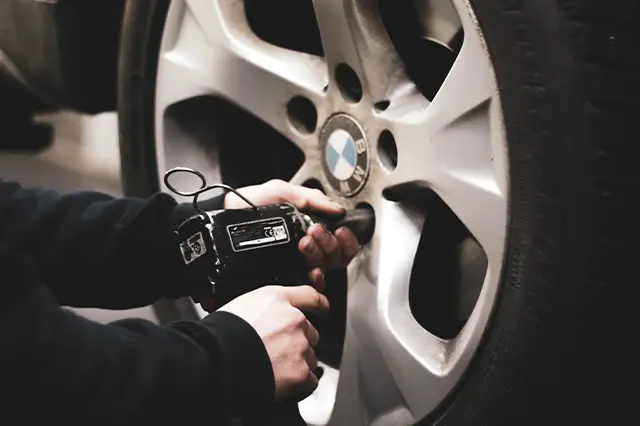
5 Things You Need To Know About Automotive Front End Alignment
When you’re driving your car, you rely on the front end to stay in position. And if that center part of the vehicle isn’t stable, your entire experience in the car can be altered. Front end alignment is a crucial process for your car and it needs to be done regularly to ensure optimal performance. In this blog post, we’ll take a look at what front end alignment is and what you need to know about it. We will also discuss some common causes of front end alignment problems and how to fix them.
What is Automotive Front End Alignment?
Automotive front end alignment is the process of properly positioning your vehicle’s front suspension. This process can help correct any problems with your vehicle’s handling, steering, and overall ride quality. In order to get the most out of your alignment, you’ll need to consult with a qualified mechanic. Here are some things to know about automotive front end alignment:
1. Alignment can be done on both new and used vehicles.
2. It’s important to have a complete understanding of your vehicle’s suspension before scheduling an alignment. This includes knowing the manufacturer’s specs, as well as any modifications you’ve made yourself.
3. Alignment can correct issues with your car’s handling, steering, and ride quality.
4. To get the best results from an alignment, it’s important to have a qualified mechanic do the work.
5. Alignment can take anywhere from 30 minutes to an hour, and the cost will vary depending on the type of vehicle and the alignment procedure.
6. If you experience any issues after an alignment is performed, be sure to bring the vehicle in for a re-alignment as soon as possible. This will help to restore your car’s handling and ride quality.
7. Alignment is an important process that should be performed on a regular basis. If you experience any issues with your car’s handling or ride quality, be sure to schedule an alignment to correct them.
8. If you have any questions about automotive front end alignment, be sure to consult with a qualified mechanic.
9. In order to get the most out of your alignment, it’s important to have a complete understanding of your vehicle’s suspension and what modifications you’ve made to it.
10. Alignment can correct issues with your car’s handling, steering, and ride quality. Be sure to schedule an alignment if you experience any problems.
Types of Automotive Front End Alignment
There are three basic types of automotive front end alignment: toe-in, camber, and caster. Toe-in is when the car’s tires are aligned so that the toe of the tire is pointed forward. Camber is when the wheelbase is lengthened or shortened relative to the height of the car. Castor is when one wheel is set higher than the other. All three alignments should be checked regularly, and any discrepancies corrected as soon as possible to ensure optimum performance from your vehicle.
How Automotive Front End Alignment Works
When your car moves, the front end has to rotate around the wheelbase to keep the car moving forward. The front suspension controls how much of this rotation happens, and that’s where alignment comes in. It’s important to get your front end aligned correctly because crooked alignment can cause your car to bounce and shake, leading to worse handling and even more wear on your suspension.
There are basically three types of alignment systems: independent, semi-independent and fully independent. Independent suspensions use ratcheting gears inside the suspension to control the amount of rearward motion allowed from the rear axle. Semi-independent suspensions use a linkage between the frame member linking the back of the axle with the front of the vehicle, so it can adjust both rearward and forward movement independently. Fully independent suspensions use an elaborate system of levers and links that allow them to precisely control all motion from side-to-side as well as rearward and forward.
The best way to check if your alignment is off is by using a alignment gauge. Many cars now come with sensors that constantly readjust their ride height based on driving conditions, so you never have to worry about having your alignment fixed unless there is significant damage or inaccuracy present in your readings.
Benefits of Automotive Front End Alignment
There are a lot of benefits to having your automotive front end aligned. Here are just a few:
Your car will run smoother and more efficiently.
Your tires will wear evenly, meaning you’ll save money on your vehicle maintenance costs.
Your suspension will be in better condition, absorbing bumps and potholes more easily.
A well-aligned front end also looks great!
When to Have Automotive Front End Alignment performed
When it comes to automotive front end alignment, there are a few things you need to know. One of the most important things to remember is that this type of alignment should only be performed when your vehicle exhibits abnormal handling or excessive vibrations. Additionally, you should have your alignment checked at least once a year, and if the vehicle exhibits any signs of wear or tear, it should be brought in for an alignment update.
